Home>Dining>Tableware>Why Can’t You Put Silverware In The Fridge
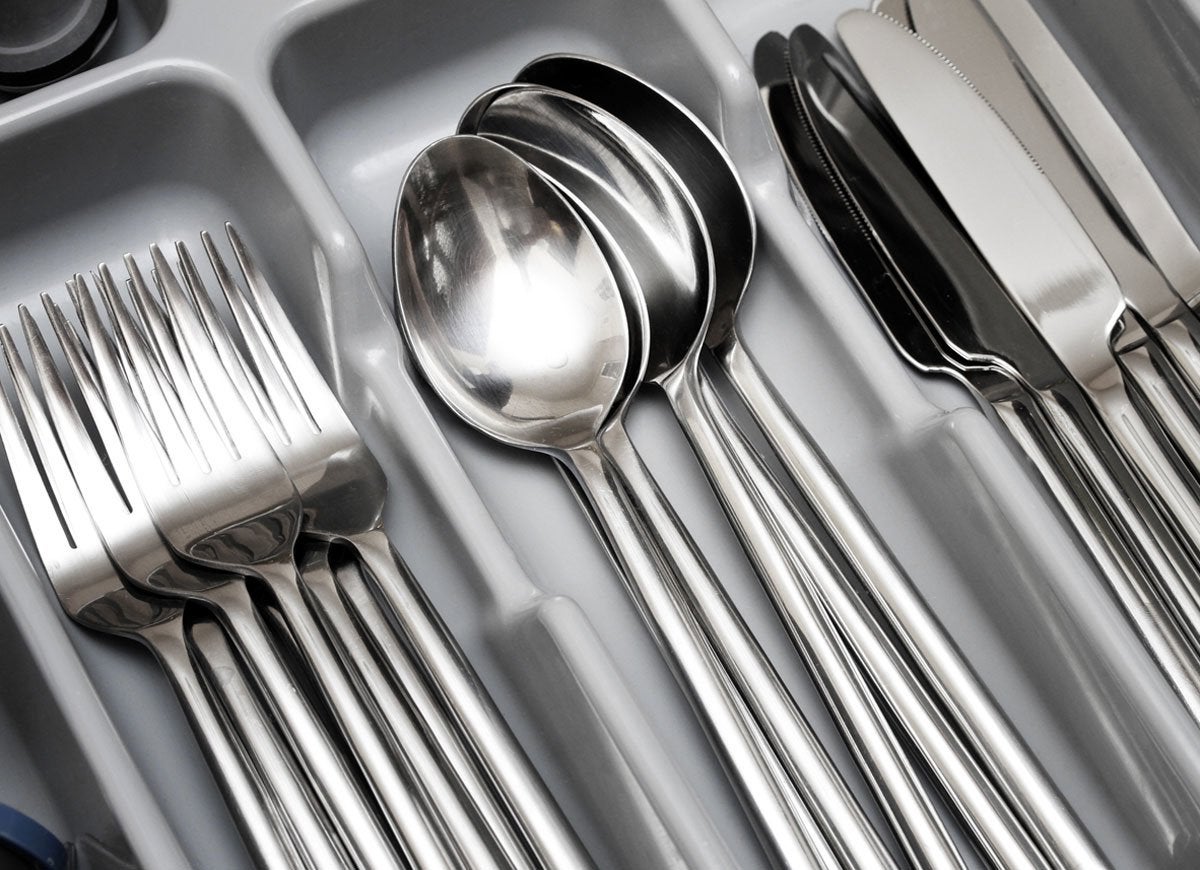

Tableware
Why Can’t You Put Silverware In The Fridge
Modified: May 6, 2024
Discover why it's not recommended to store tableware like silverware in the fridge. Find out how it can affect your utensils and overall food safety.
(Many of the links in this article redirect to a specific reviewed product. Your purchase of these products through affiliate links helps to generate commission for Storables.com, at no extra cost. Learn more)
Introduction
Welcome to our article on the topic of why you shouldn’t put silverware in the fridge. Many of us may have the habit of storing leftovers with utensils directly in the refrigerator, but did you know that this practice can actually have negative effects on your silverware? In this article, we will explore the reasons why you should avoid placing your silverware in the fridge and discuss alternative storage solutions to keep your tableware in top condition.
Silverware, including knives, forks, and spoons, is an essential part of our daily dining experience. Whether it’s a casual meal or an elegant dinner party, we rely on these utensils to enjoy our food. As such, it’s important to take proper care of our silverware to ensure its longevity and functionality.
While refrigeration is a common method for storing food, it can have detrimental effects on certain materials, including silver. The cold temperatures can cause damage and lead to contamination, making it crucial to understand why silverware should be kept out of the fridge.
In the following sections, we will delve deeper into the effects of refrigeration on silverware, the damage caused by cold temperatures, the risk of contamination, and alternative storage solutions. By the end of this article, you’ll have a clear understanding of why it’s best to keep your silverware out of the fridge and how to store it properly for optimal longevity.
Key Takeaways:
- Keep your silverware out of the fridge to prevent tarnishing, warping, and contamination. Invest in a silverware chest or use anti-tarnish pouches for alternative storage solutions.
- Cold temperatures in the fridge can lead to cracks, brittleness, and corrosion in silverware. Opt for individual cloth wrapping and regular polishing to maintain the longevity and elegance of your tableware.
Read more: Why Cant You Recycle Pizza Boxes
The Effects of Refrigeration on Silverware
Refrigeration can have detrimental effects on silverware due to the cold temperatures and the environment inside the refrigerator. Silver, like many other metals, is sensitive to extreme temperature changes and can react adversely when exposed to cold conditions for an extended period of time.
One of the main effects of refrigeration on silverware is the potential for tarnishing. Silver naturally oxidizes when it comes into contact with air and moisture, resulting in a dull and tarnished appearance. However, this process is accelerated in colder environments. The combination of low temperatures and moisture in the fridge can cause silverware to tarnish more quickly, diminishing its shine and overall aesthetic appeal.
Moreover, the condensation that forms inside the refrigerator can also pose a problem for silverware. When you remove silver utensils from the fridge and expose them to warmer air, condensation can form on their surfaces. This moisture can seep into crevices and cracks in the silverware, leading to corrosion and potential damage over time.
Aside from tarnishing and moisture-related issues, refrigeration can also affect the structural integrity of silverware. Silver utensils may become more brittle when exposed to cold temperatures, increasing the risk of them bending, breaking, or becoming misshapen. This can compromise their functionality and durability, ultimately shortening their lifespan.
It’s worth noting that not all silverware is equally affected by refrigeration. Stainless steel cutlery, for example, is generally more resistant to tarnishing and corrosion than silver-plated or sterling silver utensils. However, it is still advisable to follow best practices and refrain from placing any type of silverware in the fridge to ensure their long-term preservation.
Now that we understand the effects of refrigeration on silverware, let’s explore the specific damage that can occur due to cold temperatures in the next section.
Damage Caused by Cold Temperatures
Exposing silverware to cold temperatures can lead to several types of damage, ranging from cosmetic issues to structural changes that can impact functionality. Understanding these potential damages can help you make informed decisions when it comes to storing your silverware.
One of the most common types of damage caused by cold temperatures is the development of hairline cracks or fractures in the silverware. When silver utensils are subjected to rapid temperature changes, such as going from room temperature to the cold environment of a refrigerator, the metal can contract and expand, leading to stress and potential cracking. These cracks may not be immediately visible, but over time, they can worsen and compromise the overall integrity of the silverware.
In addition to cracks, cold temperatures can also contribute to the bending or misshaping of silver utensils. The contraction and expansion of the metal can cause silverware to warp or bend, making them difficult to use properly. This can be particularly problematic for items like knives and spoons, where having a straight and even edge is crucial for their intended functions.
Furthermore, exposure to cold temperatures can accelerate the corrosion process in silverware. When silver comes into contact with moisture or certain substances present in the fridge, such as acidic foods or cleaning agents, it can lead to tarnishing and pitting. Pitting refers to the formation of small pits or holes on the surface of the silverware, which not only affects its appearance but also compromises its hygiene and durability.
Lastly, cold temperatures can cause silverware to become more brittle. The metal becomes more prone to breaking or snapping when exposed to extreme cold, increasing the risk of damage during everyday use. This can be especially problematic for delicate or antique silverware items that are more susceptible to brittleness.
Given the potential damage caused by cold temperatures, it’s important to find alternative storage solutions for your silverware to maintain its condition and longevity. We will explore these alternatives in the next section.
To prevent corrosion, avoid putting silverware in the fridge. The moisture can cause tarnishing and damage to the metal. Instead, store silverware in a dry, cool place.
Risk of Contamination
In addition to the damage caused by cold temperatures, storing silverware in the fridge also poses a risk of contamination. The refrigerator environment, although designed to keep food fresh, can introduce various contaminants that can tarnish or even contaminate silverware.
One of the main culprits is the presence of strong-smelling or acidic foods in the fridge. Foods like onions, garlic, and certain fruits emit volatile compounds that can easily permeate the air and affect nearby objects, including silverware. When silver utensils come into contact with these odorous substances, they can absorb the smells and flavors which can be difficult to remove, detracting from the dining experience.
Moreover, acidic foods can also react with the silver surface, leading to tarnishing and corrosion. The combination of the acidic properties of certain foods and the humidity in the fridge can accelerate the tarnishing process, leaving unsightly marks on your silverware.
Another risk factor is the use of cleaning agents or chemicals in the refrigerator. While cleaning products are necessary to maintain a hygienic environment, they can contain abrasive or corrosive ingredients that can harm the surface of silverware. If utensils come into contact with residues from these substances, it can lead to discoloration, pitting, or even damage to the metal itself.
It’s also important to consider the potential for cross-contamination when storing silverware in the fridge. The refrigerator is often filled with various food items, each with its own bacteria and potential for contamination. Placing silver utensils directly among these foods can increase the risk of bacterial transfer, compromising the hygiene and safety of your tableware.
Given these contamination risks, it’s advisable to separate your silverware from other food items and store it in a dedicated, clean space to minimize the chances of cross-contamination. We will explore alternative storage solutions in the next section to help you keep your silverware in the best possible condition.
Alternative Storage Solutions
To preserve the condition and quality of your silverware, it’s important to explore alternative storage solutions that protect it from the damaging effects of both cold temperatures and potential contaminants. Here are some recommendations:
- Use a silverware chest: Investing in a dedicated silverware chest is an excellent way to store your silver utensils safely. These chests are typically lined with tarnish-resistant materials like felt or fabric that help protect the silverware from tarnishing and scratches. They also provide separate compartments for each piece, preventing them from rubbing against each other and causing damage.
- Wrap individually in soft cloth: If you don’t have a silverware chest, you can wrap each piece of silverware individually in a soft cloth. This helps minimize contact with air and moisture, reducing the risk of tarnishing. Make sure to use non-abrasive, lint-free cloths to avoid scratching the silver surface.
- Add tarnish-resistant strips: Tarnish-resistant strips or papers, which are readily available in many stores, can be a helpful addition to your silverware storage routine. These strips contain materials that absorb tarnish-causing compounds in the air, helping to slow down the tarnishing process. Place these strips in the same storage container as your silverware to see the best results.
- Consider anti-tarnish pouches: For added protection, you can also store your silverware in anti-tarnish pouches or bags. These specially designed storage solutions are made with materials that neutralize tarnish-causing gases, keeping your silverware in pristine condition for longer periods.
- Avoid storing near strong odors: Keep your silverware away from strong-smelling foods or substances that can introduce odors onto the silver surface. This will help preserve the natural beauty and purity of your utensils.
- Regularly polish and clean: Proper maintenance is essential for keeping your silverware looking its best. Follow recommended cleaning techniques and use gentle, non-abrasive silver polish to remove tarnish and restore shine. Regular cleaning also helps you identify any potential damage or issues that may need attention.
By implementing these alternative storage solutions and adopting good maintenance practices, you can ensure that your silverware remains in excellent condition and can be enjoyed for many years to come.
Conclusion
In conclusion, it is not recommended to put silverware in the fridge due to the potential damage caused by cold temperatures, the risk of contamination, and the accelerated tarnishing process. Cold temperatures can lead to cracks, warping, brittleness, and corrosion, compromising the structural integrity and aesthetic appeal of your silverware. Additionally, the fridge environment introduces the risk of odors and chemical contaminants that can tarnish and contaminate silver utensils.
Instead of storing silverware in the fridge, it is advisable to explore alternative storage solutions that protect it from these potential harms. Investing in a silverware chest or wrapping each piece in a soft cloth can help prevent tarnishing and scratches. Adding tarnish-resistant strips or using anti-tarnish pouches are other effective options. Furthermore, keeping silverware away from strong odors and regularly cleaning and polishing it can maintain its shine and hygiene.
By following these alternative storage solutions and best practices, you can extend the lifespan of your silverware and keep it in excellent condition for generations to come. Remember, your silverware not only serves a functional purpose during meals but also adds an element of elegance and style to your table settings. Proper care and maintenance ensure that it remains a cherished part of your dining experience.
So, the next time you have leftovers to store, opt for an alternative storage option for your silverware and keep it away from the fridge to maintain its beauty and functionality. Your silver utensils will thank you.
Curious about optimizing home spaces or keeping your belongings in top shape? Dive into our guide on home organization for the best fabric storage cubes that declutter efficiently. Also, don’t miss our practical cleaning tips for a spotless refrigerator, inside and out. If your culinary space needs rearranging, check out our list of the kitchen storage essentials for 2024, ensuring everything is right where you need it. These reads are perfect for anyone looking to enhance their living space smartly and effortlessly.
Frequently Asked Questions about Why Can't You Put Silverware In The Fridge
Was this page helpful?
At Storables.com, we guarantee accurate and reliable information. Our content, validated by Expert Board Contributors, is crafted following stringent Editorial Policies. We're committed to providing you with well-researched, expert-backed insights for all your informational needs.
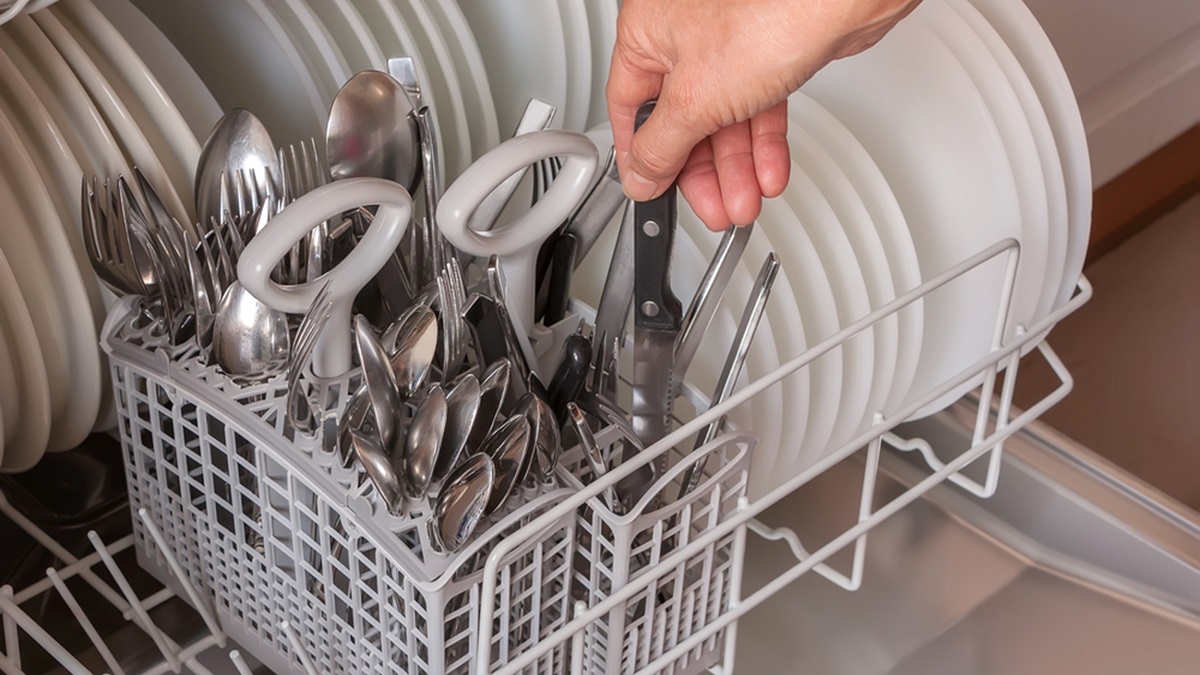
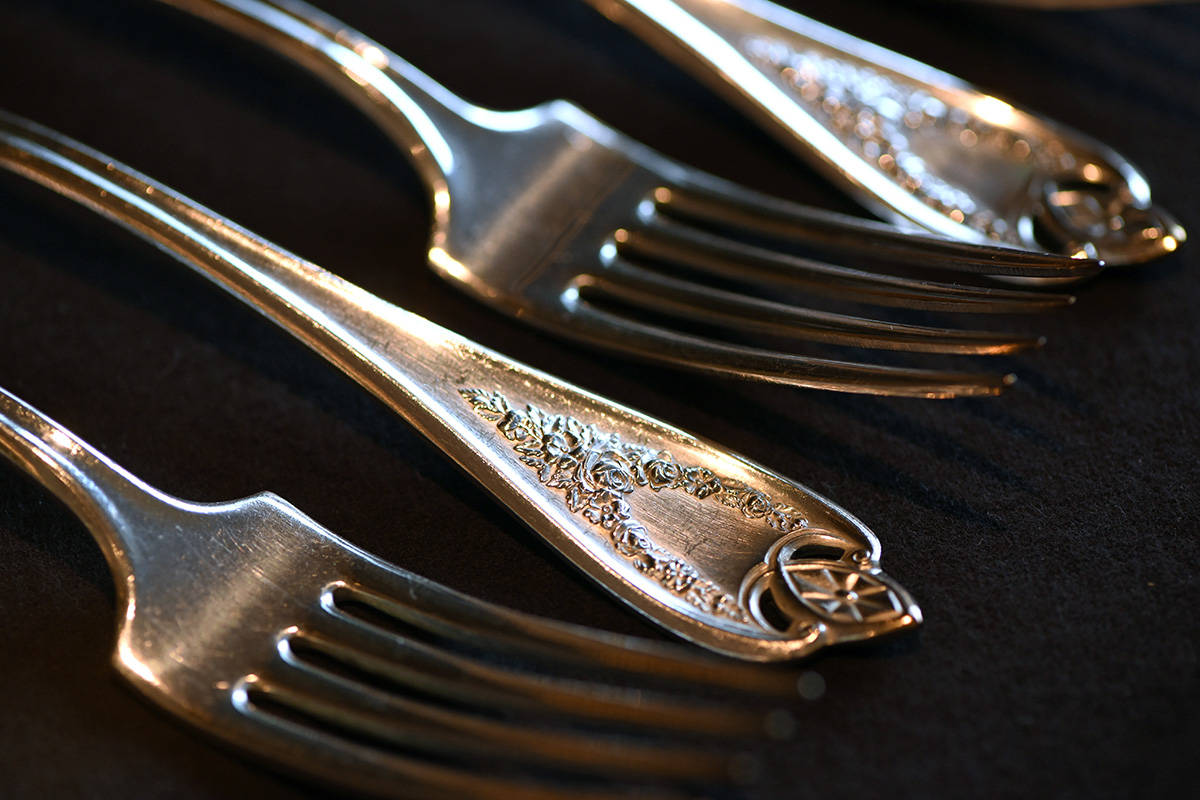
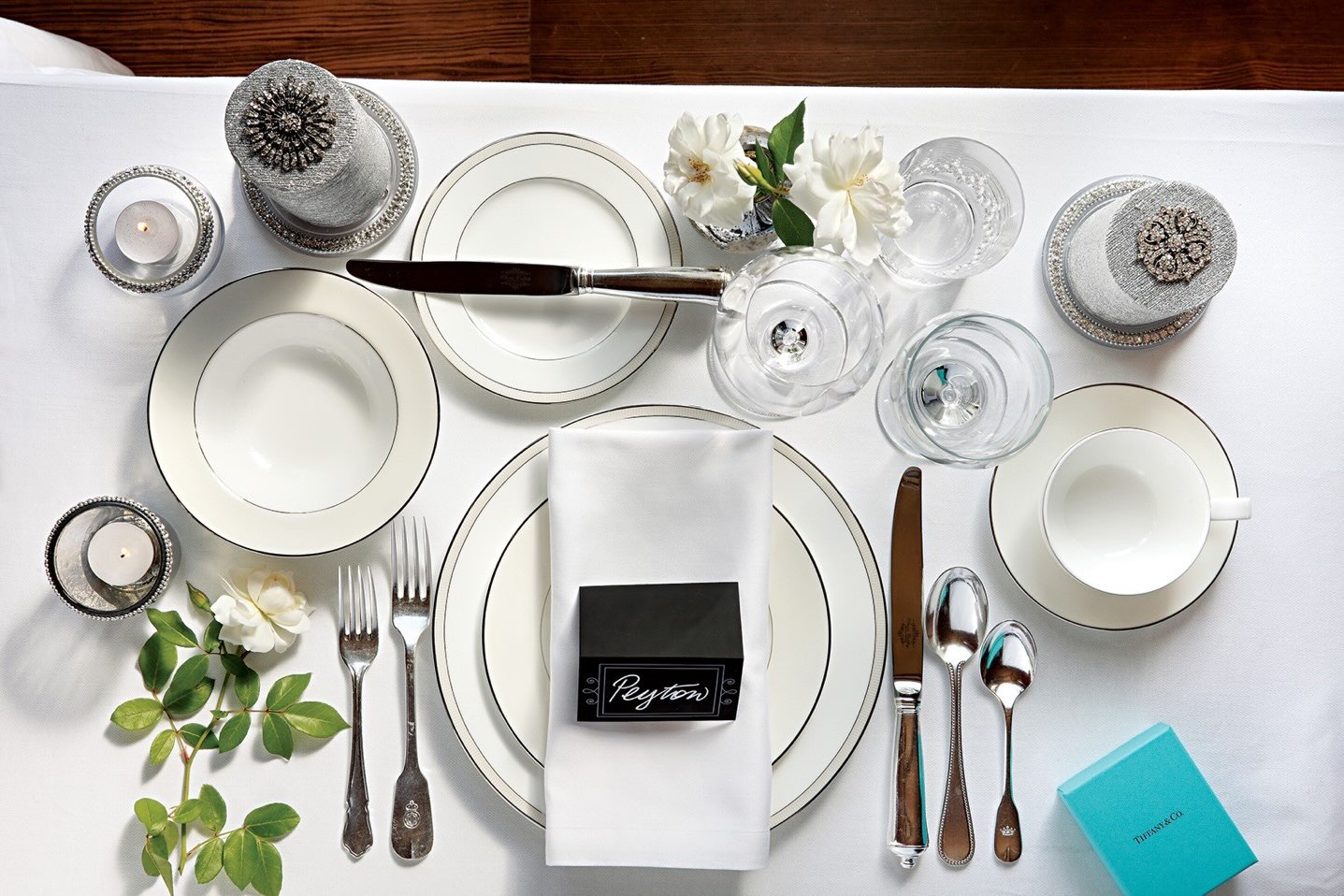
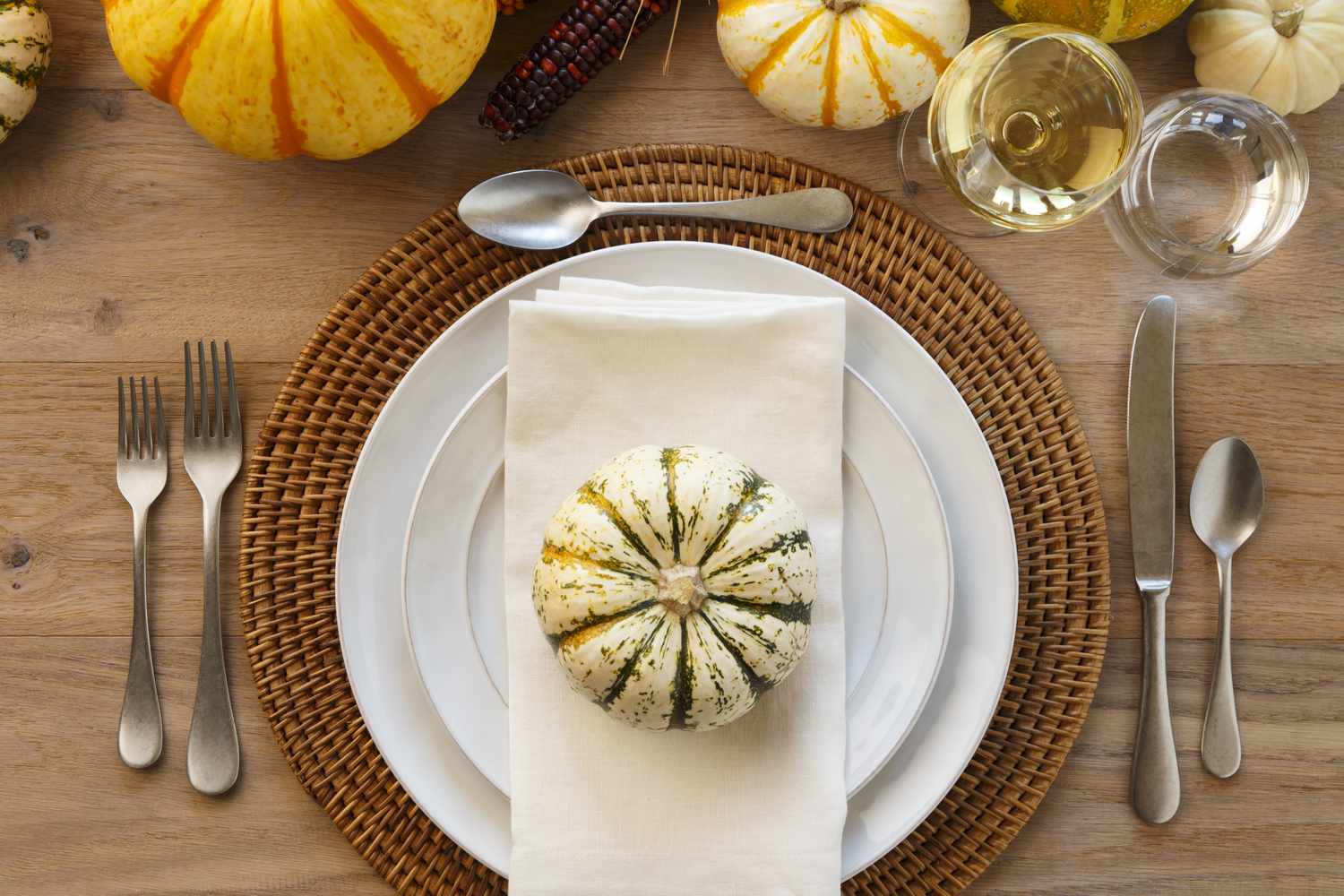

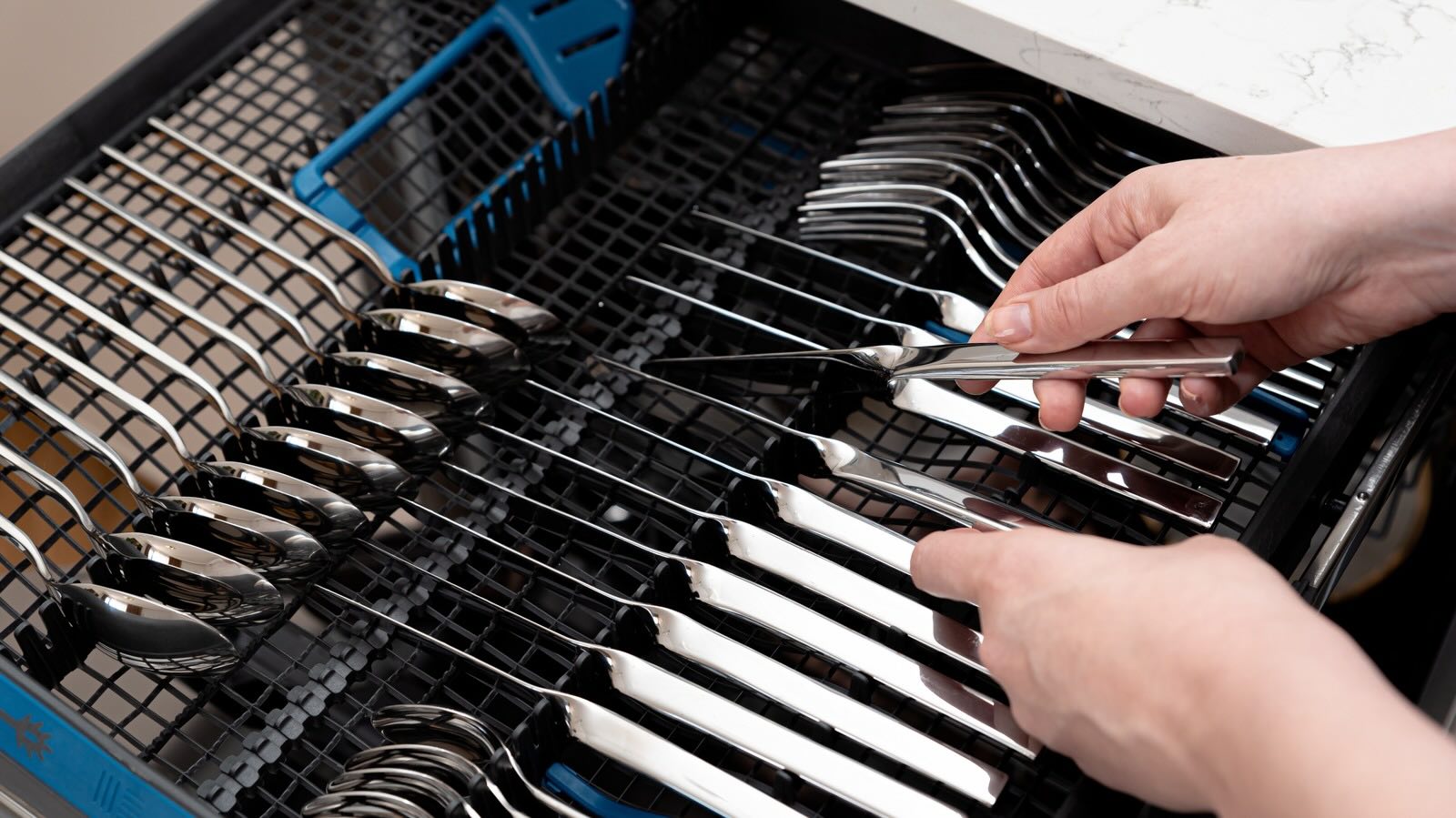
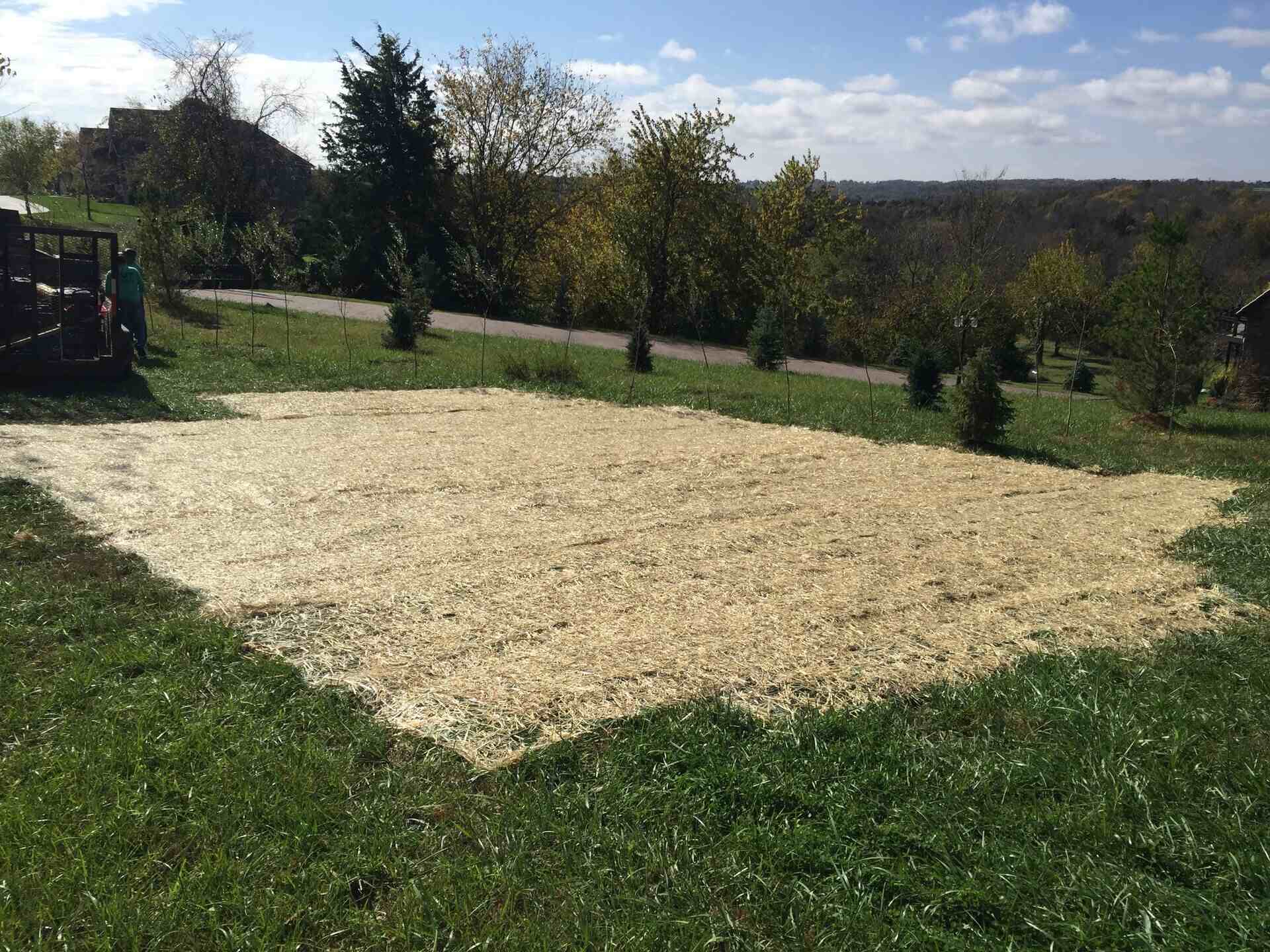
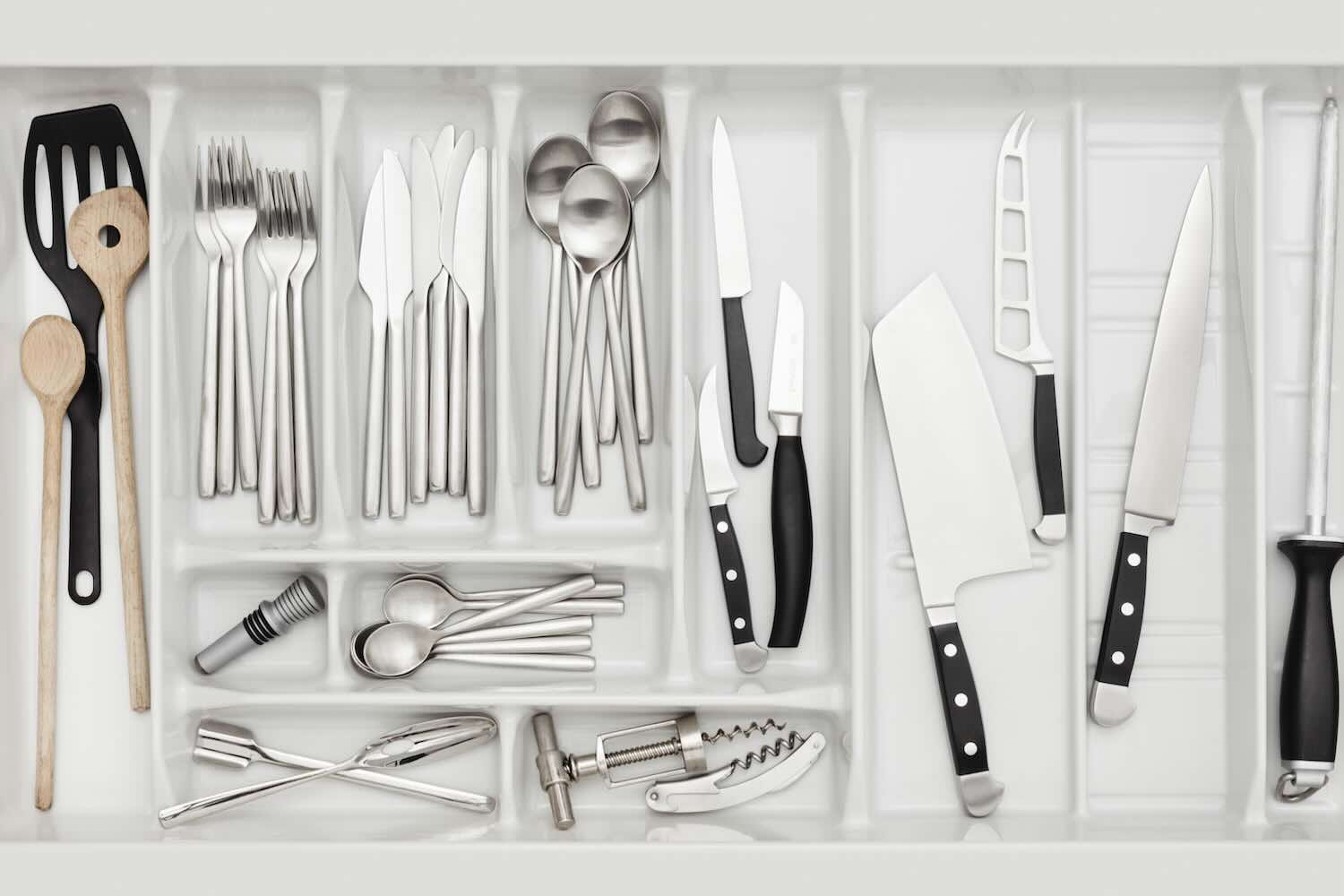
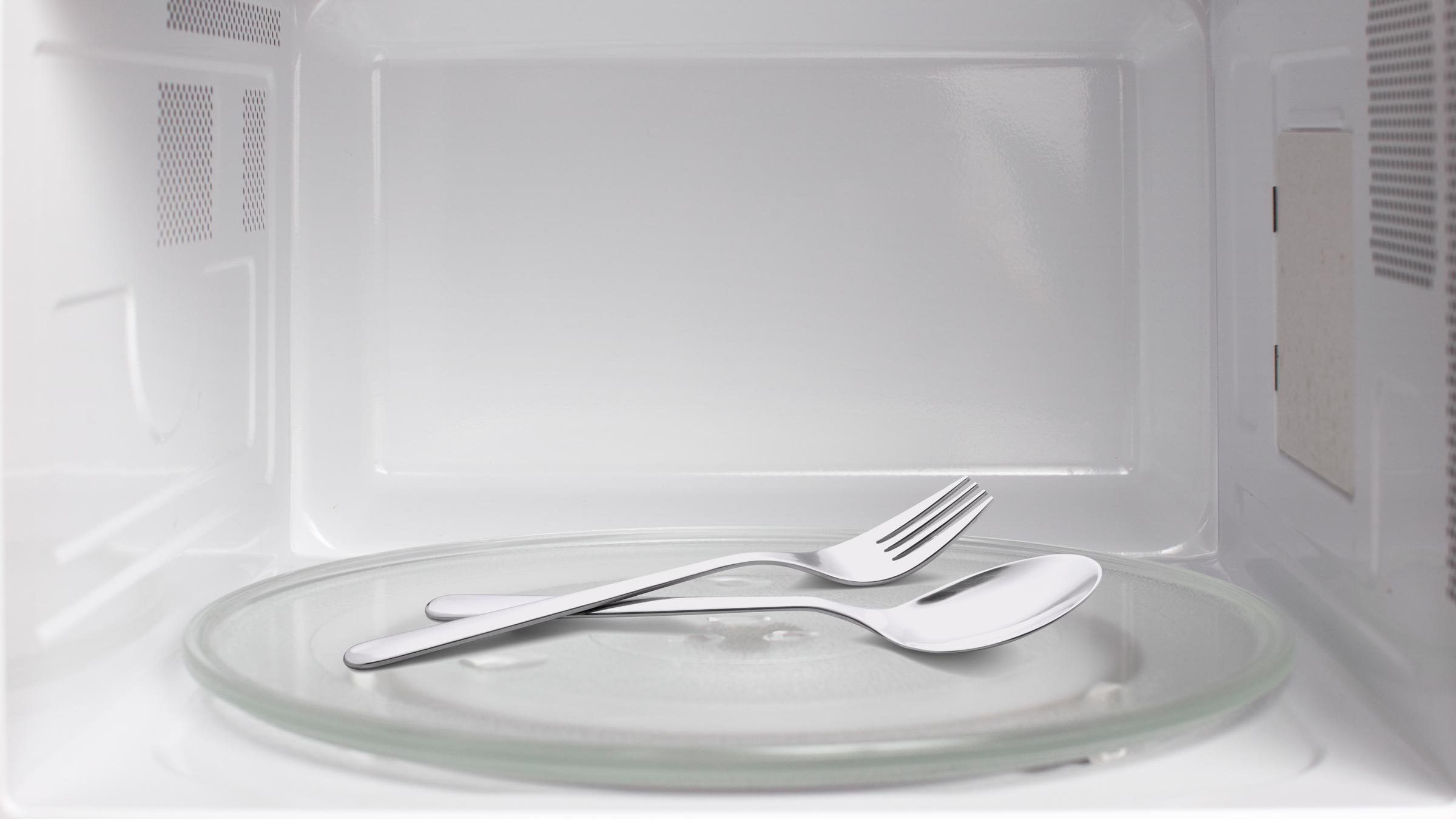
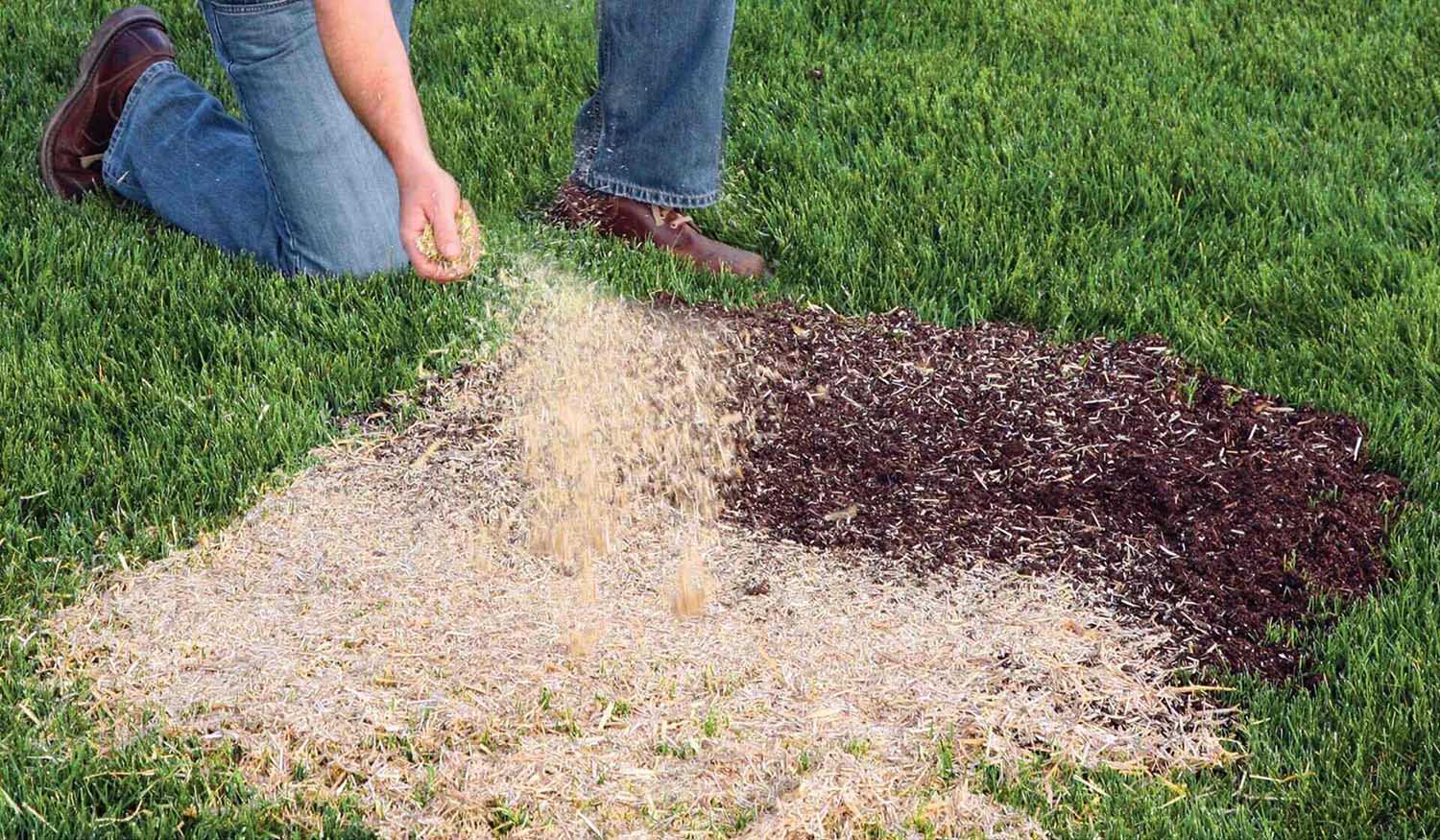
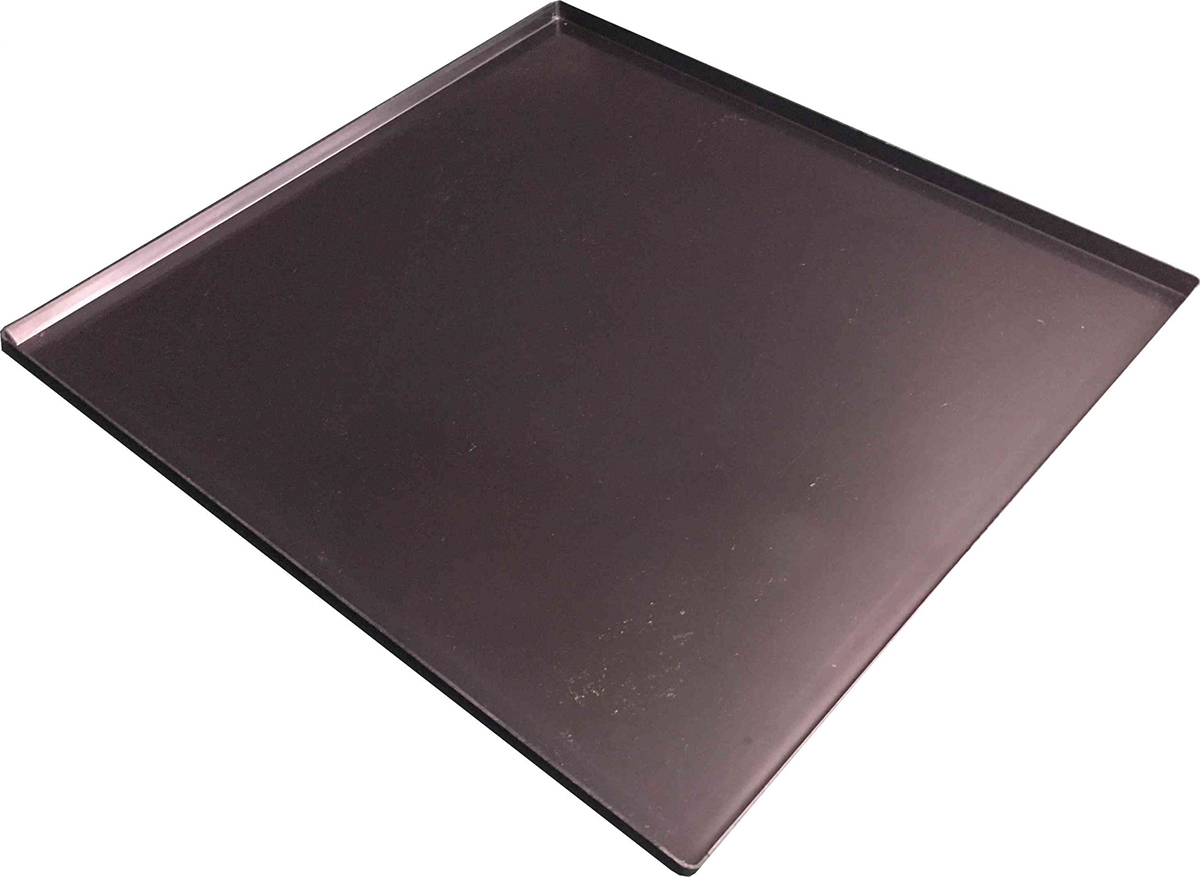
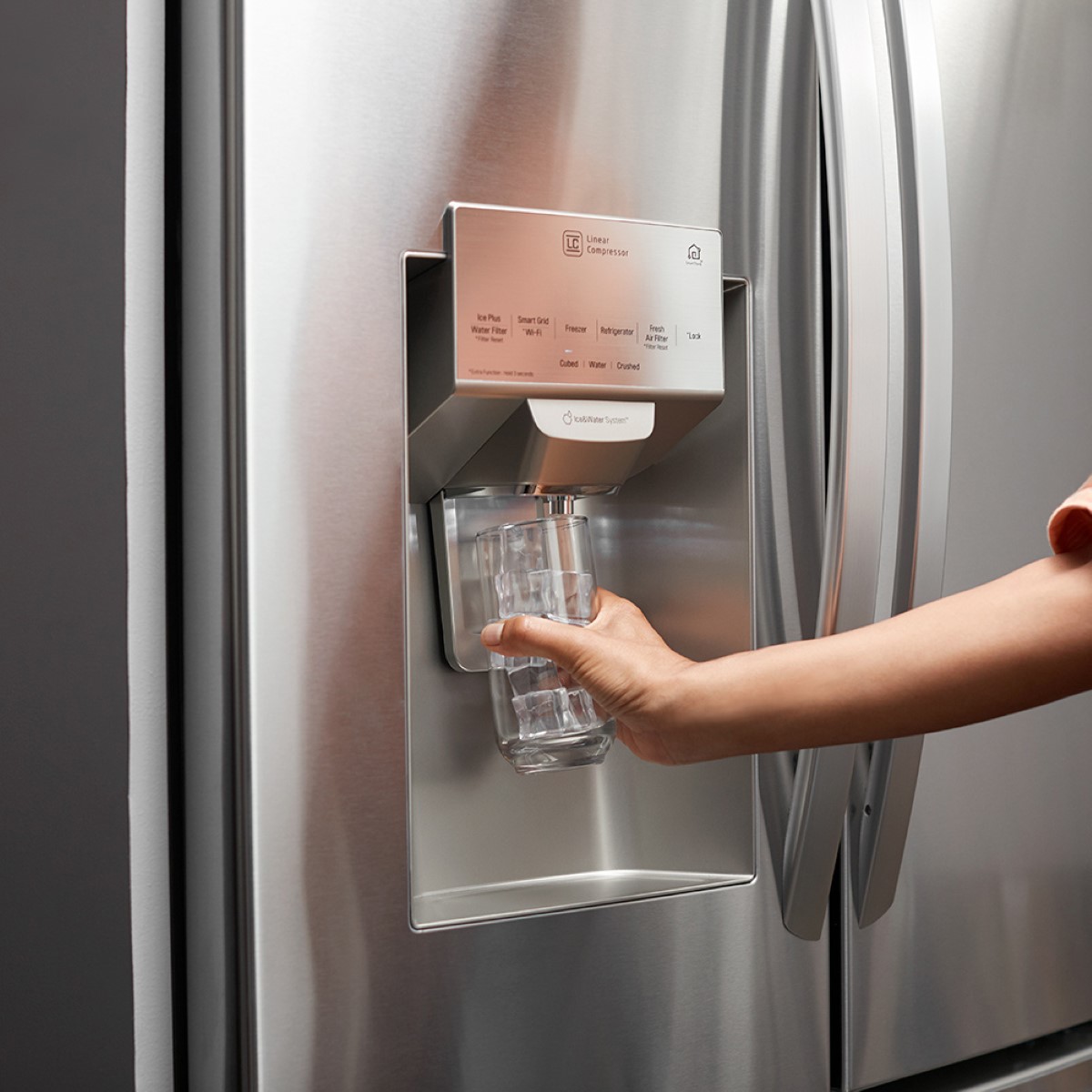
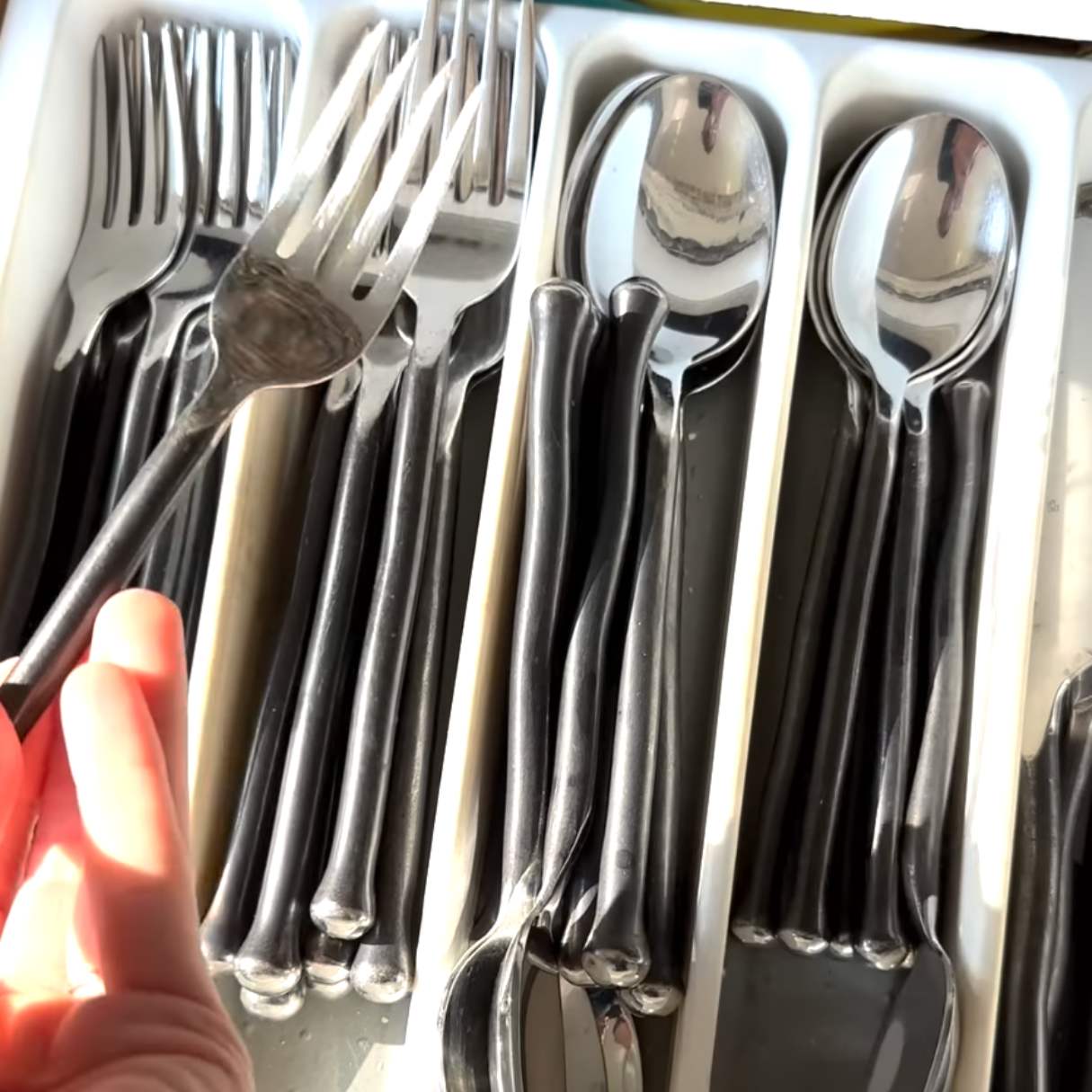


0 thoughts on “Why Can’t You Put Silverware In The Fridge”